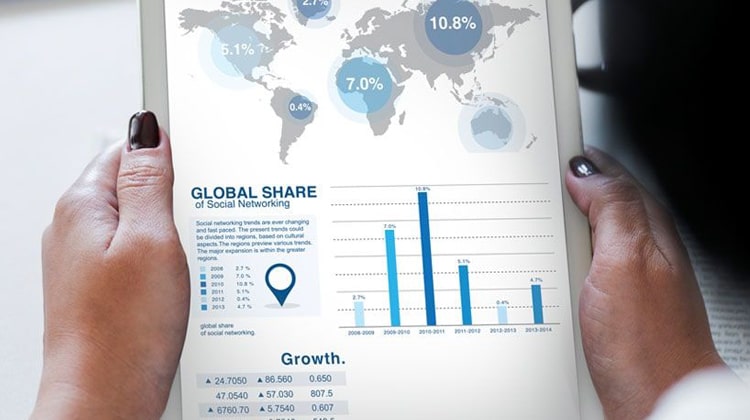
How to Customize WooCommerce Blocks
WooCommerce has become the go-to solution for building online stores with WordPress, and its block-based editor makes designing product pages, carts, and checkout sections easier than ever. WooCommerce blocks allow you to drag, drop, and arrange elements in a flexible way. But to make your store stand out, you’ll need to go beyond the default settings and customize them. Let’s explore the different ways you can customize WooCommerce blocks to create a store that matches your brand and delivers a better user experience.
1. Use Built-In Block Settings
WooCommerce blocks come with built-in customization options right inside the editor. You can adjust layouts, choose how many products appear in a grid, change typography, or modify button styles. These simple settings are the fastest way to align your store with your brand without touching code.
2. Apply Custom CSS
For more detailed design changes, CSS is your best friend. By targeting specific WooCommerce block classes, you can:
- Change colors, fonts, and backgrounds
- Adjust spacing and margins
- Create hover effects for interactive elements
- Redesign buttons and product grids
This gives you greater control over how each block looks and behaves.
3. Create Reusable Blocks and Patterns
WordPress allows you to save customized blocks as reusable components. For example, you can create a featured product block, a discount banner, or a call-to-action section and reuse them across multiple pages. Block patterns also make it easy to design consistent layouts for product pages or promotions.
4. Extend Functionality with Plugins
Many third-party plugins and block libraries are designed specifically for WooCommerce. These can add advanced features like
- Product sliders and carousels
- Tabbed product sections
- Smart product filtering options
- Custom checkout flows
Plugins are a great way to add more functionality without coding.
5. Customize with Hooks and Filters
WooCommerce provides developers with hooks and filters to modify block output. You can add custom text, change default behaviors, or integrate new features directly into the block system. This method is ideal if you want more advanced customization.
6. Build Your Own Custom Blocks
For complete flexibility, you can create custom WooCommerce blocks using React and the WordPress block development framework. This is a more technical option but gives you unlimited control over functionality and design.
Final Thoughts
Customizing WooCommerce blocks is key to building an online store that’s both functional and visually appealing. Whether you use built-in settings, custom CSS, third-party plugins, or even custom block development, the goal is to create a shopping experience that matches your brand and keeps customers engaged. With the right mix of tools and creativity, WooCommerce blocks can turn a standard store into a powerful, user-friendly eCommerce platform.
Related Posts
Why Is SEO Important for Your Website?
How well this mistaken ideas off denouncing pleasure & praisings will give you complete.
How to Use AI in WordPress: A Complete Guide
How well this mistaken ideas off denouncing pleasure & praisings will give you complete.






